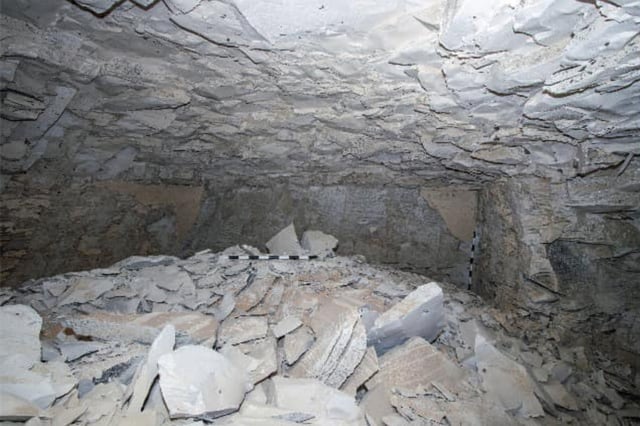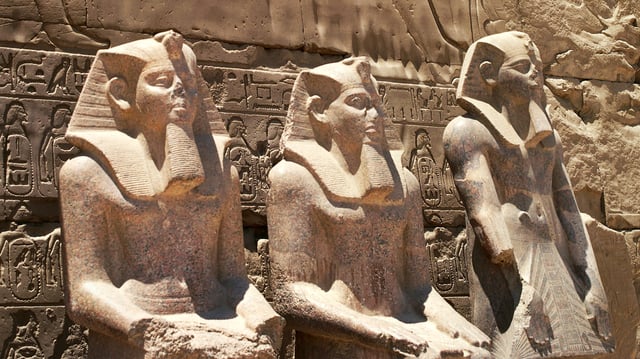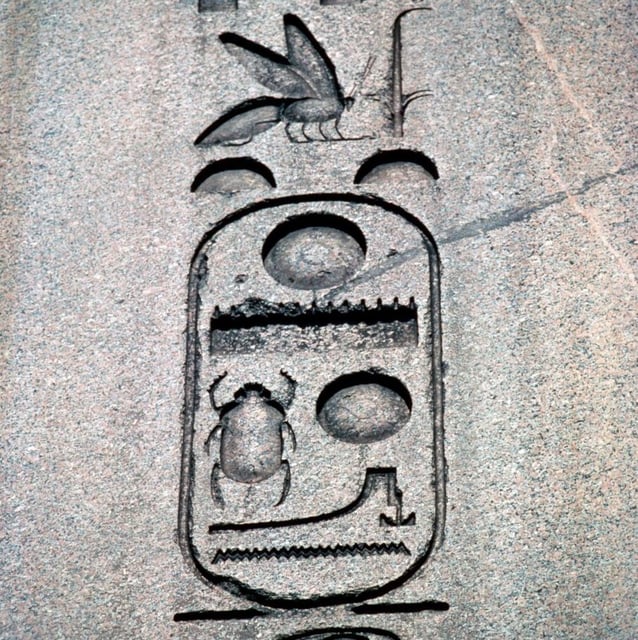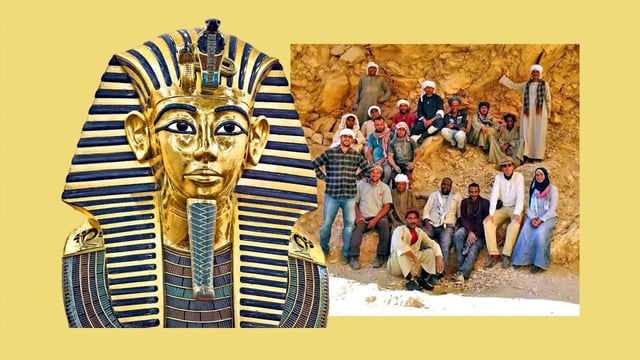Overview
- The tomb of Pharaoh Thutmose II, a ruler from Egypt's 18th Dynasty, was discovered in the Western Valley, an area traditionally associated with royal women.
- The tomb, named Tomb C4, was found after over a decade of excavation and features evidence of flooding and relocation of its contents during ancient times.
- Hieroglyphic inscriptions on alabaster vessels confirmed the tomb's ownership, linking it to Thutmose II and his wife and half-sister, Queen Hatshepsut.
- The tomb was devoid of treasures, suggesting either ancient flooding or the relocation of its contents by the pharaoh's family during the 18th Dynasty.
- This discovery sheds light on Thutmose II's reign, often overshadowed by his successor Hatshepsut, and raises questions about burial practices and his historical legacy.



